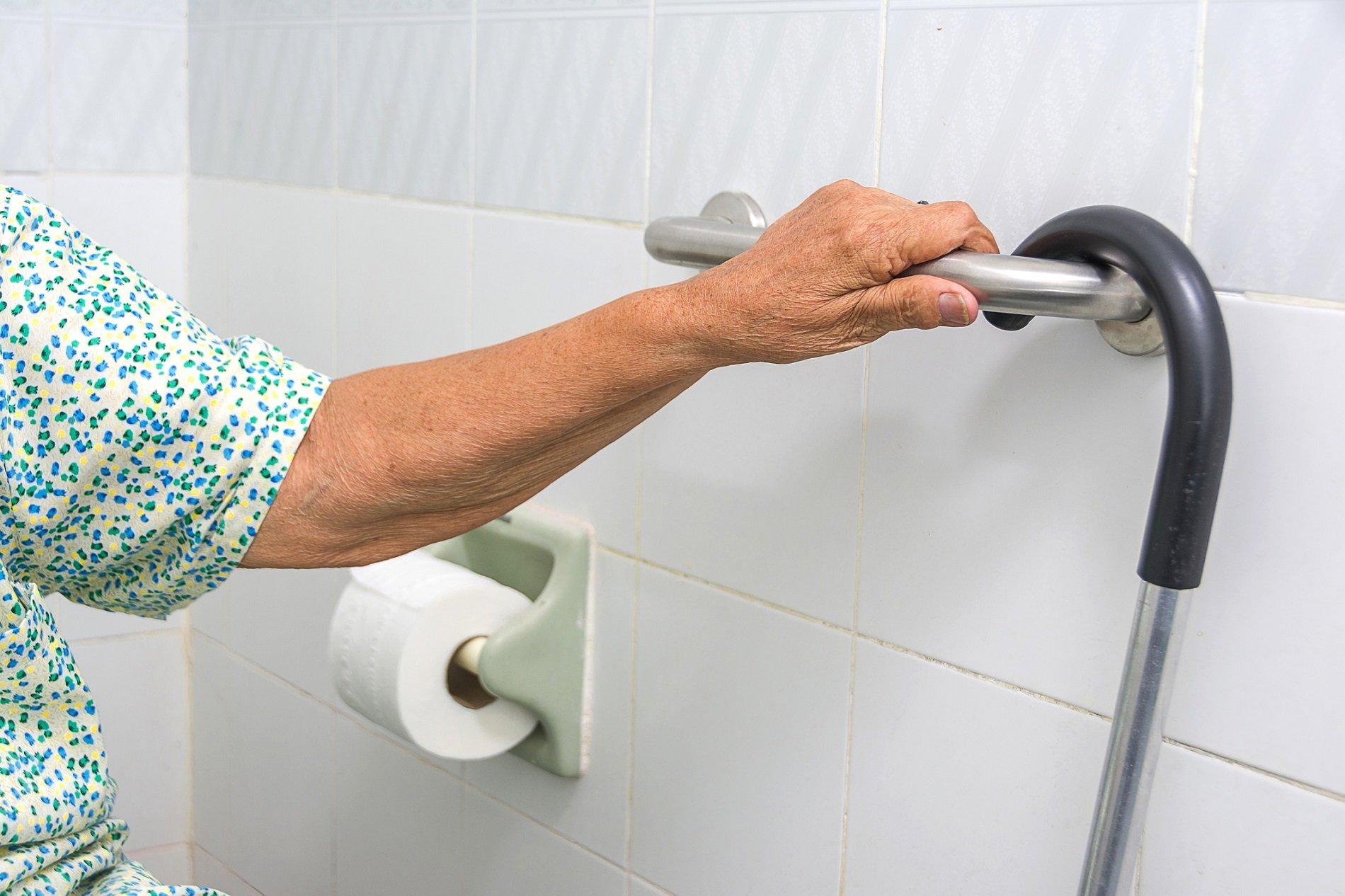Handicap grab bars may look like simple fixtures, but they play a life-saving role in bathrooms and other parts of the home. They provide stability, reduce the risk of falls, and give users confidence when moving around. To keep them reliable, regular cleaning and maintenance are essential. In this guide, we’ll walk you through everything you need to know to maintain and clean these bars so they remain safe and long-lasting.
Why Handicap Grab Bars Are Essential
Slippery bathroom floors are one of the most common causes of falls at home, especially for seniors and people with limited mobility. Handicap grab bars act as steady supports that can prevent dangerous accidents. They are especially helpful when installed near toilets, showers, or bathtubs where balance can be easily lost.
Keeping these bars clean and well-maintained ensures they do their job properly. A bar that feels sticky, loose, or rusty won’t inspire trust, which is why consistent care is non-negotiable.
Common Types of Grab Bars You’ll Find in Bathrooms
Wall-Mounted Grab Bars
These are the most common grab bars and are directly attached to the wall. They’re ideal for showers or bathtubs, giving users a secure grip when getting in and out.
Toilet Grab Bars
Toilet grab bars are specifically designed to make sitting down and standing up from the toilet safer and easier. Because they’re frequently used, they need special attention when it comes to cleaning and tightening.
Floor-to-Ceiling Grab Bars
These bars run vertically from the floor to the ceiling. They’re perfect for spaces where wall mounting isn’t possible, offering stability at multiple heights.
Preparing for Maintenance and Cleaning
Gather the Right Cleaning Supplies
Before you start, make sure you have everything you need:
- Mild soap or a gentle bathroom cleaner
- Warm water
- A soft cloth or sponge
- A disinfectant spray
- A microfiber towel for drying
Avoid abrasive cleaners or steel wool because they can damage the finish and reduce grip.
Inspect the Grab Bars Before Cleaning
Take a quick moment to inspect the bars. Are they loose? Do you notice rust or cracks around the mounts? Identifying problems before cleaning ensures you don’t miss important maintenance steps.
Step-by-Step Cleaning Process
Step 1: Remove Dust and Surface Debris
Start by wiping the grab bar with a dry cloth to remove loose dust and dirt. This prevents grime from smearing during the cleaning process.
Step 2: Clean with Mild Soap and Warm Water
Dip your sponge into soapy water and gently scrub the surface of the bar. Pay close attention to frequently touched areas, especially near the toilet and shower where oils, soap scum, and residue build up quickly.
Step 3: Disinfect for Maximum Hygiene
After cleaning, spray the grab bar with a disinfectant to kill bacteria and germs. Bathrooms are high-moisture environments, making them a breeding ground for microbes. Disinfection keeps the bars hygienic for daily use.
Step 4: Dry Thoroughly to Prevent Slips
Finish by wiping the bar with a microfiber towel. A dry surface not only prevents water spots but also reduces the chance of a slippery grip.
Regular Maintenance Tips for Handicap Grab Bars
Check for Loose Screws or Mounts
Give the bar a gentle shake. If it wobbles, tighten the screws immediately. A loose grab bar is just as unsafe as not having one at all.
Look for Rust or Corrosion
Metal grab bars can develop rust over time, especially in damp bathrooms. If you see any, clean it promptly and apply a protective coating if needed.
Schedule Routine Safety Checks
Mark your calendar to inspect and clean the grab bars at least once a month. This habit ensures you spot small issues before they turn into big safety risks.
When to Replace Toilet Grab Bars and Other Fixtures
Even with proper care, grab bars won’t last forever. If you notice cracks, persistent rust, or if the bar feels unstable even after tightening, it’s time for a replacement. This is especially important for toilet grab bars since they bear frequent weight and are vital for everyday use.
Extra Tips for a Safer Bathroom
Grab bars are just one piece of the puzzle when it comes to bathroom safety. Adding non-slip mats, proper lighting, and shower seats can make the environment even safer. For more practical ideas, check out this helpful article on safe bathroom upgrades for aging at home.
Conclusion
Handicap grab bars provide much-needed support, but only if they are kept clean, sturdy, and reliable. By following this step-by-step guide, you’ll not only extend the life of your grab bars but also protect the safety and confidence of everyone who uses them. With just a little effort and regular attention, these simple fixtures can continue to serve as powerful tools for independence and peace of mind.

